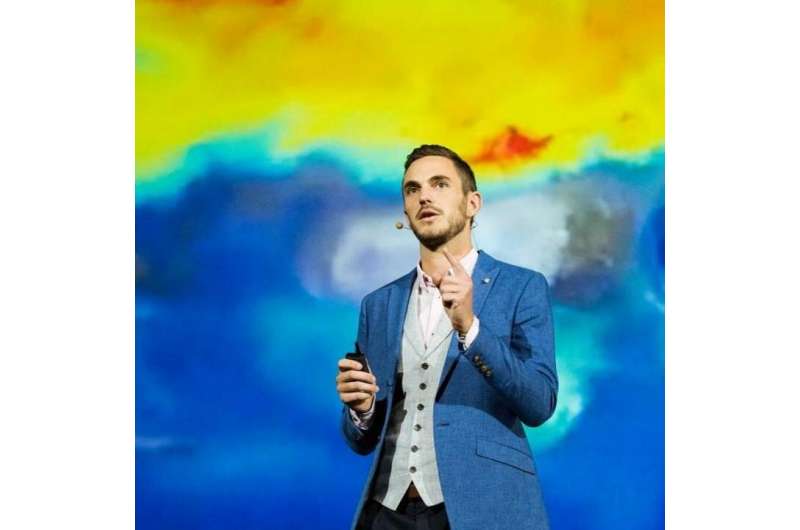Predicting climate change

Thomas Crowther has identified long-disappeared forests available for restoration across the world, finding that there is room for an additional 1.2 trillion new trees globally that could absorb more carbon than human emissions each year. Crowther also describes data from thousands of soil samples collected by local scientists that reveal the world's Arctic and sub-Arctic regions store most of the world's carbon. But the warming of these ecosystems is causing the release of this soil carbon, a process that could accelerate climate change by 17 percent. This research reveals that the restoration of vegetation and soil carbon is by far the best weapon in the fight against climate change.
The living parts of the planet drive every aspect of biogeochemical cycling. It is essential to represent these living processes into the understanding of current and future biogeochemical cycles in order to understand and predict climate change. In their research, the Crowther Lab researchers use the largest global dataset of forest inventory data, the Global Forest Biodiversity Initiative, measured by people on the ground in over 1.2 million locations around the world combined with satellite observations. This provides a mechanistic understanding of the global forest system. The lab also uses an equivalent database for below-ground ecology—the Global Soil Biodiversity Initiative. This initiative pairs tens of thousands of soil samples describing global patterns in the biomass and the diversity of the global soil microbiome with satellite data, and generates a glimpse at the billions of below-ground species that determine soil fertility, atmospheric composition and the climate.
Using this combination of above-ground and below-ground data, the research team can identify regions of high priority for biodiversity conservation. Additionally, they are beginning to understand the feedbacks that determine atmospheric carbon concentrations over the rest of the century. They now understand that as the soil warms, carbon emissions from the soil will increase, particularly in the high-latitude Arctic and sub-Arctic regions.
Under a business-as-usual climate scenario, the Crowther lab model suggests that warming would drive the loss of ~55 gigatons of carbon from the upper soil horizons by 2050. This value is around 12 to 17 percent of the expected anthropogenic emissions over this period. These are the climate change feedbacks that Crowther studies, and understanding these processes is critical to effectively managing natural systems in order to combat climate change.
Provided by ETH Zurich




















